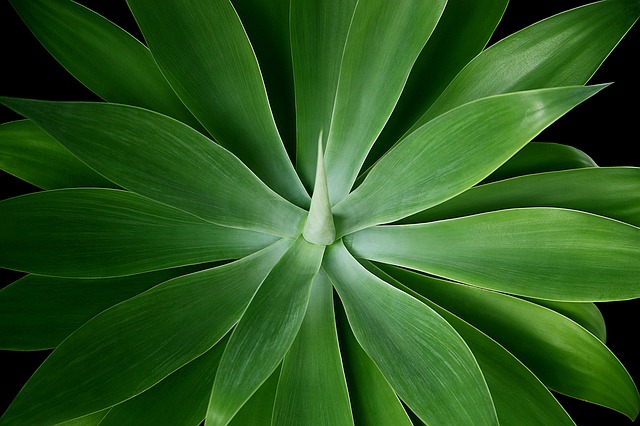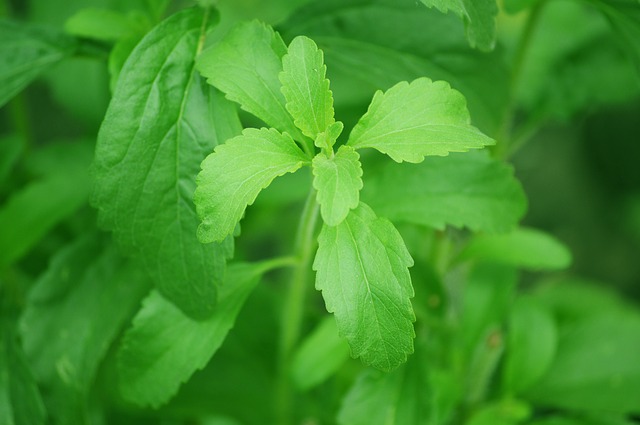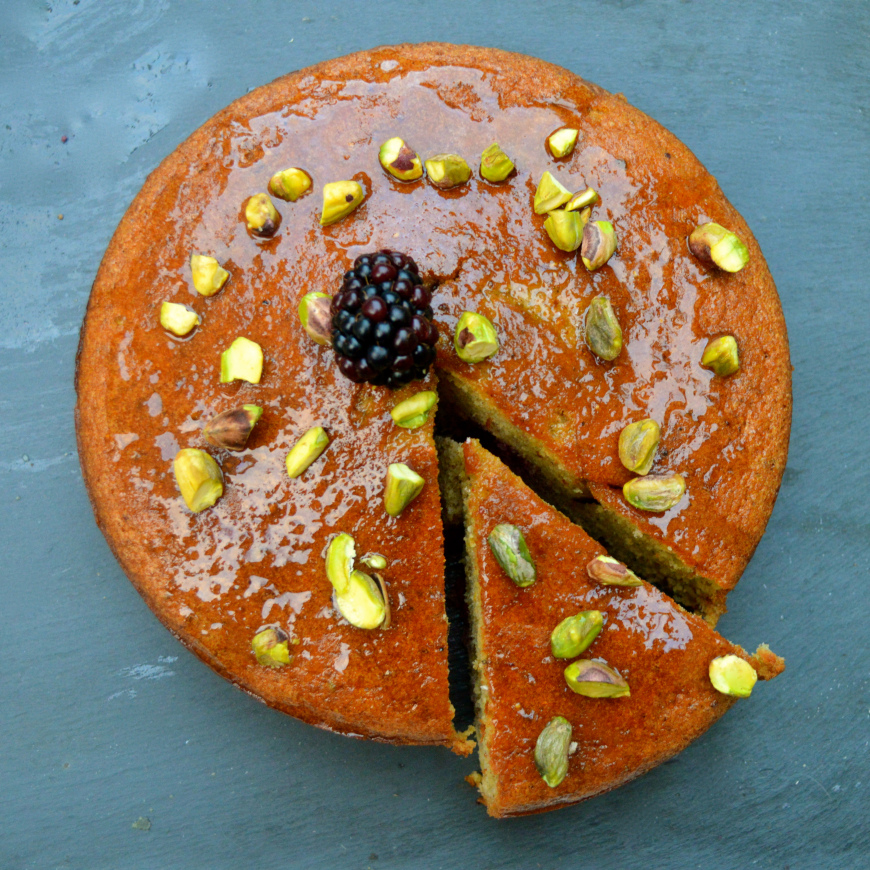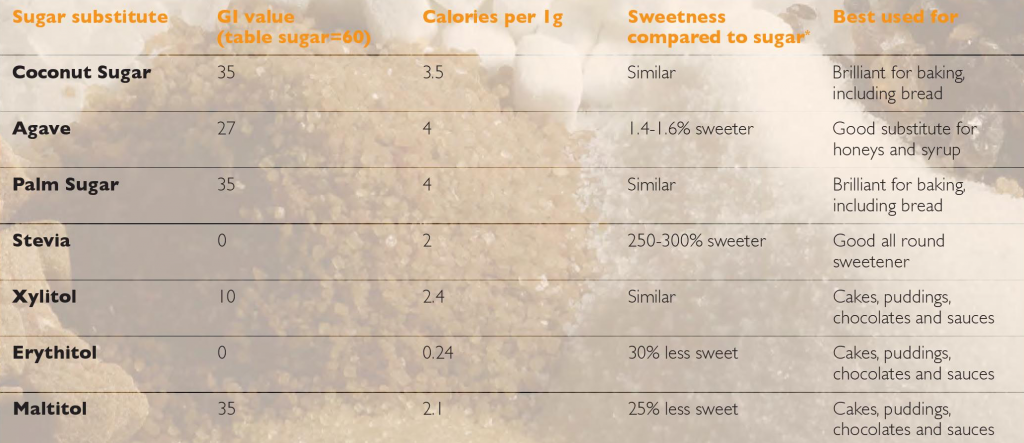 Author, personal trainer and fitness instructor Alison Beadle was diagnosed with Candida (a fungal infection) in 2012, which led to her having to eliminate wheat, gluten, dairy, yeast and most importantly sugar from her diet. This resulted in a lot of experimentation with various foods, the loss of a stone in body fat and a much healthier lifestyle. It was also the beginning of Sugar-Free Me, a self created book of recipes for those who can’t eat sugars (including fruit sugar), and those with various other intolerances. Despite finding it tough going for the first few months, after experimenting with various sugar alternatives Alison discovered that she could have her cake and eat it too.
Author, personal trainer and fitness instructor Alison Beadle was diagnosed with Candida (a fungal infection) in 2012, which led to her having to eliminate wheat, gluten, dairy, yeast and most importantly sugar from her diet. This resulted in a lot of experimentation with various foods, the loss of a stone in body fat and a much healthier lifestyle. It was also the beginning of Sugar-Free Me, a self created book of recipes for those who can’t eat sugars (including fruit sugar), and those with various other intolerances. Despite finding it tough going for the first few months, after experimenting with various sugar alternatives Alison discovered that she could have her cake and eat it too.
Here, Alison looks at some popular sugar alternatives.
With the World Health Organisation estimating that 347 million people worldwide suffer from diabetes, of which 3 million are from the UK, and obesity levels in both adults and children on the rise, many people are switching to sugar alternatives.
Sugar alternatives have grown from being a few synthetic options such as aspartame and saccharin, to a much wider range of easily available, more natural products such as agave, palm sugar and xylitol. All have varying levels of sweetness and can work in very different ways to sugar – for example, you won’t be able use xylitol to get yeast to rise. Here are a few tips to help you decide which is the best sugar alternative for you.
Natural alternatives to sugar:
Agave Nectar
Made from blue agaves, a succulent spiky plant that resembles a cactus grown in Southern Mexico, it’s very similar in texture to honey, and is slightly sweeter than traditional sugar. Due to its low processing temperature, raw food enthusiasts class it as raw and it is used in many raw food recipes. Although it has a lower Glycaemic Index (GI) than traditional refined sugar, it is still a sugar and high in fructose. Some people say the low GI makes this ideal for diabetics, but the high levels of fructose may negate these benefits. Care should be taken with consumption of this product if you are diabetic. If you are avoiding sugar because you have candida, or a similar fungal infection then agave is probably not for you – it’s great for recipes where you require golden syrup though.

Coconut Sugar
Made from the sap of coconut palm buds, coconut sugar is granulated like conventional sugar. Unlike many sugar substitutes, it’s not just empty calories, as it contains amino acids, potassium, magnesium, zinc and B vitamins. If you are using it for baking, you can use like-for-like in terms of volume. Like agave, it is still a form of sugar, but has a much lower GI than conventional sugar. It looks and tastes a little like brown sugar – great for baking.
Palm Sugar
Predominately harvested in Thailand, it’s made from the sap in the stems of palms such as the date palm. It is processed in the same way as coconut sugar and has a low GI, a light taste, is full of vitamins and comes in blocks of granulated form. It’s great for cookies, cakes and helping yeast to rise when baking bread.
Note: Due to the low GI level of agave, coconut sugar and palm sugar, they are frequently labelled as diabetic friendly and many diabetes sufferers are fine with these products. However, as with most foods, everyone reacts differently, so you also need to factor in the quantity eaten and the type and level of diabetes the individual has. It’s best to proceed with caution and start with a small amount if you are unsure.
Natural sweeteners:
Xylitol
Xylitol Is found in mushrooms, berries, vegetables and birch bark. It is a naturally occurring substance and, although it is a sugar, its structure is slightly different to conventional sugar. This structural difference means most yeasts and bacteria can’t feed off it. It has 40 per cent less calories than its equivalent weight in sugar, making it a great way to sweeten things and lose weight. Once processed, it comes in a granulated form, so you do have to grind it down sometimes, depending on what you are using it for. This is my personal choice, which I use in all my recipes that require sweetening. In large quantities it can have a mild laxative effect, but you would have to eat quite a lot. There are many brands on the market, but I tend to use xylitol made from birch bark.
Stevia
Made from stevia plant leaves, it’s natural and can be found in most supermarkets these days. It isn’t a sugar and therefore has a negligible effect on blood glucose levels. As it comes in powder or liquid form it dissolves easily, so is good for baking and general sweetening. Personally I find it has an aftertaste which I don’t like, however many use this product with no complaints.

Erythitol: Found naturally in plants, it’s often used in diabetic products. It comes in powdered form and is easy to bake with. Again, in large amounts it may have a mild laxative effect. It’s also harder to source than stevia or xylitol, but with a bit of diligence, you should find it in plenty of health shops.
Maltitol: Maltitol is an alcohol sugar I’ve found mostly in sugar- free chocolates. It’s not as easily available in the shops, and of all the alcohol sugars I found, this was the harshest on my digestive system.
Check out our comparison table to decide which alternative might be best for you: (click to enlarge)
Remember, as with most products, if you research them you will find good reports and bad reports. If you are switching away from sugar, do your research and really find out what suits you best. What works for one person doesn’t necessarily work for another.
You can find Alison over on the Sugar-Free Me website, as well as on Facebook and Twitter.
Discover some of our refined sugar-free recipes on the website – and for even more, grab a copy of the magazine!


